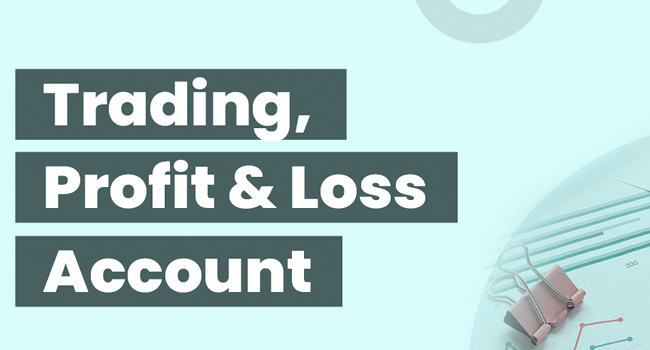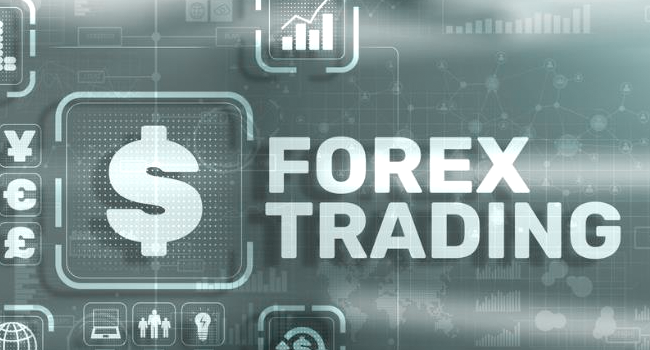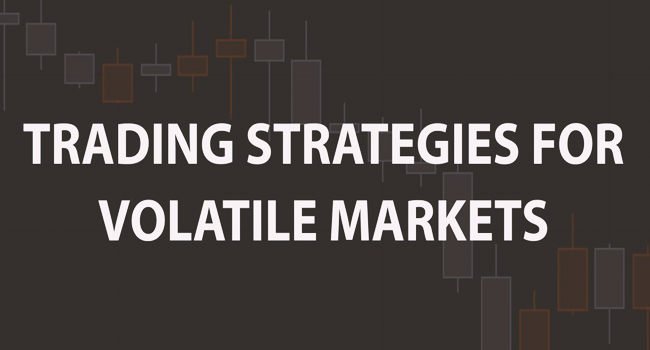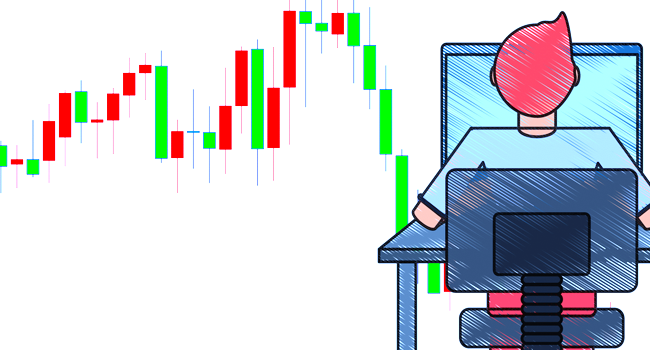Introduction
Forex trading, also known as foreign exchange trading, offers the opportunity to profit from fluctuations in currency exchange rates. To succeed in this dynamic market, traders must understand how to accurately calculate their profits and losses.
Section 1: Understanding Basic Forex Terminology
Before delving into the calculations, it’s essential to grasp some fundamental Forex trading terminology:
Pip (Percentage in Point): A pip is the slightest price change a given exchange rate can make. In most currency pairs, a pip equals 0.0001, or 1/100th per cent.
Lot Size: Lot size refers to the volume of a trade.
Section 2: Calculating Forex Profits and Losses
To calculate Forex trading profits and losses, several key factors must be considered:
2.1. Lot Size: As mentioned earlier, lot size represents the volume of a trade. It’s crucial to determine the lot size before calculating profits and losses.
2.2. Entry and Exit Prices: You need to know your trade’s entry and exit prices. The entry price is the rate at which you open a position, and the exit price is where you close it.
2.3. Pip Value: The pip value represents the monetary value of a single pip movement in the currency pair you are trading. It depends on the lot size and currency pair.
2.4. Direction of the Trade: Whether you take a long (buy) or short (sell) position determines the formula for profit and loss calculations.
Section 3: Calculating Profit and Loss for Long Positions
For long positions, where you buy a currency pair expecting its value to rise, the profit and loss calculation is as follows:
Profit = (Exit Price – Entry Price) x Lot Size x Pip Value
Loss = (Entry Price – Exit Price) x Lot Size x Pip Value
Let’s consider an example:
Suppose you go long on EUR/USD with an entry price of 1.1000, an exit price of 1.1050, a lot size of 10,000 units (0.1 mini lot), and a pip value of $1.
Profit = (1.1050 – 1.1000) x 10,000 x $1 = $50
In this case, your profit would be $50.
Section 4: Calculating Profit and Loss for Short Positions
For short positions, where you sell a currency pair expecting its value to fall, the profit and loss calculation is slightly different:
Profit = (Entry Price – Exit Price) x Lot Size x Pip Value
Loss = (Exit Price – Entry Price) x Lot Size x Pip Value
Using the same example as above, but this time for a short position:
Profit = (1.1000 – 1.1050) x 10,000 x $1 = $50
Again, your profit would be $50.
Section 5: Considerations for Multi-Lot Trades
When trading multiple lots, each lot is treated as a trade with its profit or loss. To calculate a multi-lot business’s total profit or loss, sum up each lot’s profits and losses.
For instance, if you trade two lots and each lot generates a profit of $50, your total profit for the trade would be $100.
Section 6: Accounting for Currency Pair Variations
Not all currency pairs have the same pip value or the same base currency. You may need to adjust your calculations accordingly to account for these variations.
6.1. Cross-Currency Pairs: In cross-currency pairs (those without the US dollar as one of the currencies), you may need to convert the pip value into your account’s base currency. This is done by using the exchange rate of your account’s base currency against the quote currency in the pair you’re trading.
6.2. Exotic Currency Pairs: Exotic currency pairs involve currencies from smaller or less frequently traded countries. These pairs’ pip value and exchange rates can vary significantly, so checking with your broker for specific deals is essential.
Section 7: Including Spread Costs
In Forex trading, spreads represent the difference between the bid (selling) price and the ask (buying) price. Traders typically enter trades at the ask price and exit at the bid price. Therefore, when calculating profits and losses, it’s essential to consider the spread.
To account for spread costs, you can deduct the spread from your profits (for long positions) or add it to your losses (for short positions).
For example, if you went long on EUR/USD with an entry price of 1.1000 and exited at 1.1050, but the spread was two pips (0.0002), your actual profit would be:
Profit = [(1.1050 – 1.1000) – 0.0002] x 10,000 x $1 = $48
Section 8: Risk Management and Leverage
Using leverage amplifies profits and losses, so setting stop-loss orders is essential to limit potential losses.
8.1. Risk-Reward Ratio: Traders often use a risk-reward ratio to determine the potential reward compared to the risk in a trade. For example, if you are willing to risk $100 on a business with a stop-loss order, you might set a take-profit order that aims to capture a $200 profit. This would represent a risk-reward ratio of 1:2.
8.2. Leverage Considerations: Leverage can significantly impact your potential profits and losses. While leverage can magnify gains, it also increases the risk of substantial losses. Always be mindful of your leverage settings and their implications on your trading account.
Section 9: Swap Rates and Carry Trade Considerations
In Forex trading, some positions may incur swap rates or rollover fees. These fees are associated with holding positions overnight and can affect overall trading profits or losses.
9.1. Swap Rates: When you hold a position overnight, your broker may apply swap rates, which can be either positive (earning) or negative (costing). These rates depend on the interest rate differentials between the currencies in the pair you’re trading.
9.2. Carry Trade Strategy: Some traders use the carry trade strategy to profit from the interest rate differentials by holding long-term positions. In this case, swap rates play a significant role in calculating overall profits and losses.
Section 10: Monitoring and Record-Keeping
To assess your trading performance accurately and make informed decisions, it’s crucial to maintain meticulous records of your trades. Record-keeping should include entry and exit prices, lot sizes, dates, and the outcome (profit or loss).
10.1. Trading Journals: Many traders maintain trading journals to log their trades, emotions, and observations.
10.2. Tax Implications: Forex trading profits may be subject to taxation depending on your jurisdiction. Keeping thorough records of your trading activity can assist with tax reporting and compliance.
Section 11: Taxation and Reporting
11.1. Capital Gains Tax: Depending on your country of residence, profits from Forex trading may be subject to capital gains tax. Understanding your tax obligations and reporting your trading income accurately to tax authorities is crucial.
11.2. Tax Deductions: Some expenses related to your trading activities, such as trading software or education costs, may be tax-deductible. Keeping thorough records of these expenses can help you maximize potential deductions.
Section 12: Hedging and Complex Strategies
12.1. Hedging Strategies: Forex traders may employ hedging strategies to mitigate risk. When calculating profits and losses for hedged positions, it’s essential to consider the net impact of all open positions, including any correlated or offsetting trades.
12.2. Complex Trading Strategies: Advanced traders often use complex strategies involving multiple positions and instruments. Calculating profits and losses in such scenarios may require a deep understanding of derivatives, options, and synthetic positions.
Section 13: Algorithmic and High-Frequency Trading
13.1. Algorithmic Trading: Algorithmic traders use automated trading systems to execute strategies at high speeds. Calculations in algorithmic trading involve precise timing and order execution, considering transaction costs and latency.
13.2. High-Frequency Trading (HFT): HFT strategies involve executing many trades in milliseconds. Accurate profit and loss calculations are essential to assess the effectiveness of HFT strategies and ensure profitability.
Section 14: Currency Conversion and Multicurrency Accounts
14.1. Multicurrency Accounts: If you maintain a multicurrency trading account, you may need to convert profits and losses from the trading pair’s currency to your account’s base currency. Exchange rates at the time of conversion are crucial in these calculations.
Conclusion
Calculating Forex trading profits and losses is an essential skill for every trader. Understanding these calculations’ terminology, formulas, and considerations is critical to managing risk, setting realistic expectations, and making informed trading decisions. While these calculations provide valuable insights into the financial aspects of trading, it’s essential to remember that successful trading also requires effective risk management, continuous learning, and disciplined execution of trading strategies.









